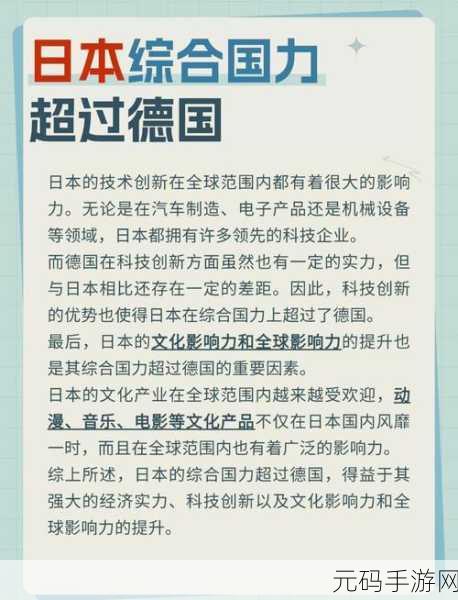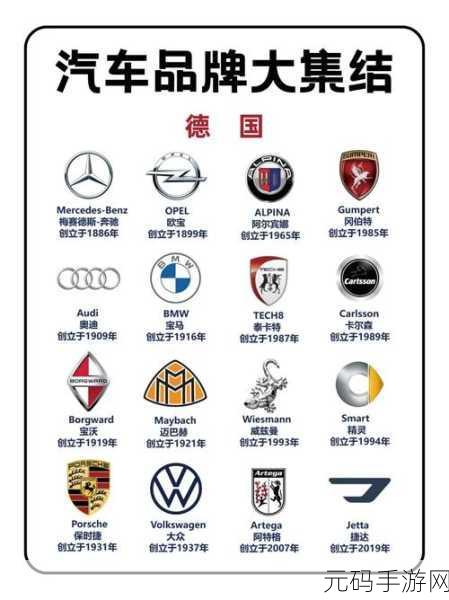日本三线与韩国三线品牌的比较
日本和韩国在许多领域都有着强劲的竞争,尤其是在消费电子、时尚、美妆等行业。尽管这两个国家的品牌各具特色,但它们也展现出了相似之处。了解这些三线品牌之间的对比,可以帮助消费者更好地选择适合自己的产品。
设计理念
日本三线品牌通常强调简约而富有内涵的设计。他们偏向使用自然材料,通过极简主义来传达品牌哲学。这种风格不仅仅是一种审美,更是一种生活态度,旨在追求实用性与美感的结合。而韩国三线则更多地体现了现代和时尚元素,他们善于运用大胆色彩及创意图案,使得产品更加活泼且富有个性。这两者在设计理念上的差异使得消费者可以根据个人喜好进行选择。

质量标准
品质是影响用户决策的重要因素之一。众所周知,日本一直以来以高质量著称,其制造工艺精益求精,注重每一个细节。从食品到电子产品,都能看到其严格把控质量。在这一点上,日本的三线品牌并未例外,它们通过认证程序确保产品符合国际标准。相比之下,虽然韩国近年来也开始注重提升自身商品质量,但因市场需求变化较快,有时候会出现部分小型企业为了降低成本而放松质检,这可能导致某些低价位商品存在一定隐患。因此,在选购的时候,要特别注意查看相关证书以及评价,以做出明智决定。
文化背景
文化也是区分日、韩二国“三线”品牌的一大重要因素。例如,日本受传统文化深刻影响,因此许多产品蕴含丰富的人文元素,如茶道、美食等;同时,这些元素往往融入到现代生活中,为人们提供了一种独特体验。而另一方面,受到K-pop及流行文化推动,韩国精品不断吸引年轻一代,对潮流敏锐捕捉,加速了新兴百货的发展。这意味着他们推出的新款式常常能够迅速反映社会趋势,并成为一种“跟随风”的象征,从而满足年轻人的购物心理需求。

价格策略
The pricing strategies of Japanese and Korean brands demonstrate their market positioning. Generally, Japan's three-line brands tend to adopt a slightly higher price point due to their emphasis on quality and craftsmanship. This makes them appealing for consumers looking for long-term value rather than short-term savings. On the other hand, many Korean three-line brands focus on affordability without compromising style or innovation. By offering trendy products at competitive prices, they attract cost-conscious younger demographics eager to stay fashionable.
User Experience & Customer Service
User experience is another crucial factor when comparing these two countries' brand offerings. Japanese companies are known for providing exceptional customer service; every interaction from purchase to after-sales support reflects a commitment to consumer satisfaction. The politeness ingrained in Japanese culture manifests itself in attentive service that often goes above and beyond expectations. In contrast, while several Korean brands aim for superior customer care standards as well, some may fall short during peak shopping seasons where demand spikes significantly—leading occasionally to longer wait times or less personalized interactions.
This comparison highlights the unique strengths each country's three-tiered branding system brings forward:- Tension between traditional heritage versus modern aesthetics.
- Cultural nuances affecting product appeal across different markets.
- Diverse approaches toward sustainability within manufacturing processes among both nations’ companies leading up towards responsible consumption trends gaining momentum globally!



